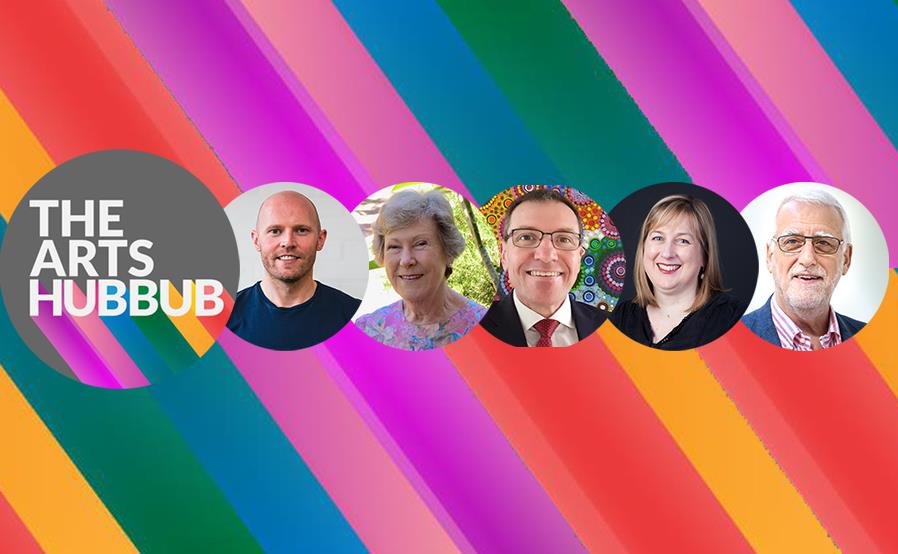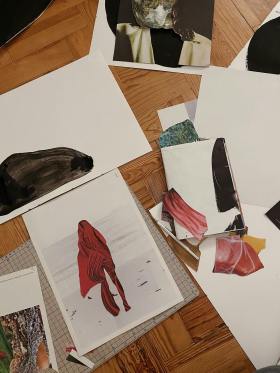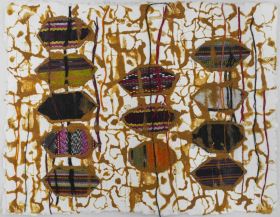Whether you’re setting up a crowdsourcing campaign for your latest artistic project, wondering how organisations foster a relationship with generous corporations or what it looks like to be involved in philanthropy from a giving and receiving perspective, the many ways of giving in the arts explored in our latest podcast.
Anita Clayton has been a volunteer at Perth Festival since 2012 and has done everything from stuffing envelopes to clearing space for a high-flying aerial performance. She told our Performing Arts Editor Richard Watts that giving her time to an arts organisation suits her personality.





